¿Cómo funciona el curado de pestañas UV?


Las pestañas UV han revolucionado por completo la industria de las extensiones de pestañas: permiten concertar citas más rápido, mejorar la retención y mejorar la experiencia general con las extensiones. Pero, ¿cómo interactúa exactamente la luz UV con el adhesivo para pestañas para que el curado sea instantáneo? Analicemos la ciencia de forma sencilla para que puedas comprender mejor (¡y explicar a tus clientes!) por qué las pestañas UV son el futuro de nuestra industria.
¿Qué es el curado UV?
En esencia, el curado UV es un proceso químico mediante el cual un material se endurece o cura tras ser expuesto a la luz ultravioleta (UV). En el caso de las extensiones de pestañas, el adhesivo está especialmente formulado para reaccionar instantáneamente al contacto con una longitud de onda específica de luz UV. Esto da como resultado una unión inmediatamente sólida, segura y mucho menos sensible a factores ambientales como la humedad y la temperatura.
La química detrás de los adhesivos UV para pestañas
Los adhesivos tradicionales para pestañas dependen en gran medida de la humedad ambiental para curarse con el tiempo. Esto se denomina reacción de polimerización del cianoacrilato . Sin embargo, los adhesivos UV para pestañas tienen una fórmula diferente. Incluyen fotoiniciadores : moléculas especializadas que absorben la luz UV y desencadenan un rápido endurecimiento casi inmediatamente después de la exposición.
Es importante tener en cuenta que los adhesivos UV para pestañas aún contienen cianoacrilato, el mismo ingrediente base que se encuentra en los pegamentos tradicionales. Sin embargo, existe una diferencia clave. En los adhesivos UV, la fórmula está especialmente modificada: contiene una menor concentración de cianoacrilato y añade fotoiniciadores para permitir el curado con luz en lugar de humedad. Los adhesivos tradicionales para pestañas dependen únicamente de la humedad para activar la polimerización del cianoacrilato, que puede ser lenta e impredecible según el entorno. En cambio, los pegamentos UV para pestañas están diseñados para que el cianoacrilato se endurezca casi instantáneamente bajo la exposición a la luz UV, lo que proporciona a los profesionales del cuidado de las pestañas tiempos de curado más rápidos, resultados más consistentes y una mejor retención, independientemente de las condiciones ambientales.
He aquí un desglose simple:
- Los fotoiniciadores absorben la energía de la luz ultravioleta.
- Esta energía inicia una reacción química en cadena dentro del adhesivo.
- Las moléculas adhesivas se unen (polimerizan) en cuestión de segundos.
- ¡Obtendrás una unión sólida e instantánea entre la pestaña natural y la extensión!
Por qué es importante el curado instantáneo
Cuando el curado se realiza instantáneamente con luz UV, la extensión de pestañas se fija en su lugar al instante. Esto elimina varios problemas comunes, como:
- Problemas de retención debido a condiciones de curado inadecuadas (como humedad alta o baja).
- Curado de choque o “floración” que puede provocar una apariencia blanca y escarchada en las pestañas.
- Tiempos de cita más largos debido al adhesivo de secado lento.
En cambio, el curado UV le ofrece:
- Retención más fuerte y duradera.
- Mayor control durante la aplicación.
- ¡Tiempos de citas más rápidos y clientes más felices!
¿Es segura la luz ultravioleta para los clientes?
Si se usan correctamente, los sistemas de pestañas UV son muy seguros. Las lámparas de curado UV modernas están diseñadas para emitir un haz estrecho y controlado de luz UV-A, el tipo de radiación UV menos dañino. Además, tanto el cliente como el artista deben usar gafas protectoras durante el proceso de curado para mayor seguridad.
Al igual que con cualquier servicio, es importante recibir capacitación adecuada sobre las técnicas de fijación UV y utilizar equipos y adhesivos de alta calidad.
Reflexiones finales
Comprender la ciencia detrás de la luz UV y los adhesivos para pestañas no solo te convierte en un artista más informado, sino que también te da la confianza para presentar esta técnica de vanguardia a tus clientes. El curado instantáneo mediante tecnología UV está revolucionando la industria de las pestañas, y quienes la adoptan están marcando la pauta.
¿Quieres profundizar aún más en las extensiones de pestañas UV? ¡Consulta nuestras otras publicaciones sobre consejos e información sobre extensiones de pestañas para más información!
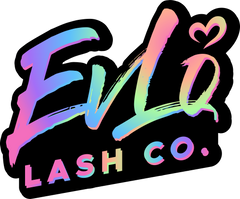
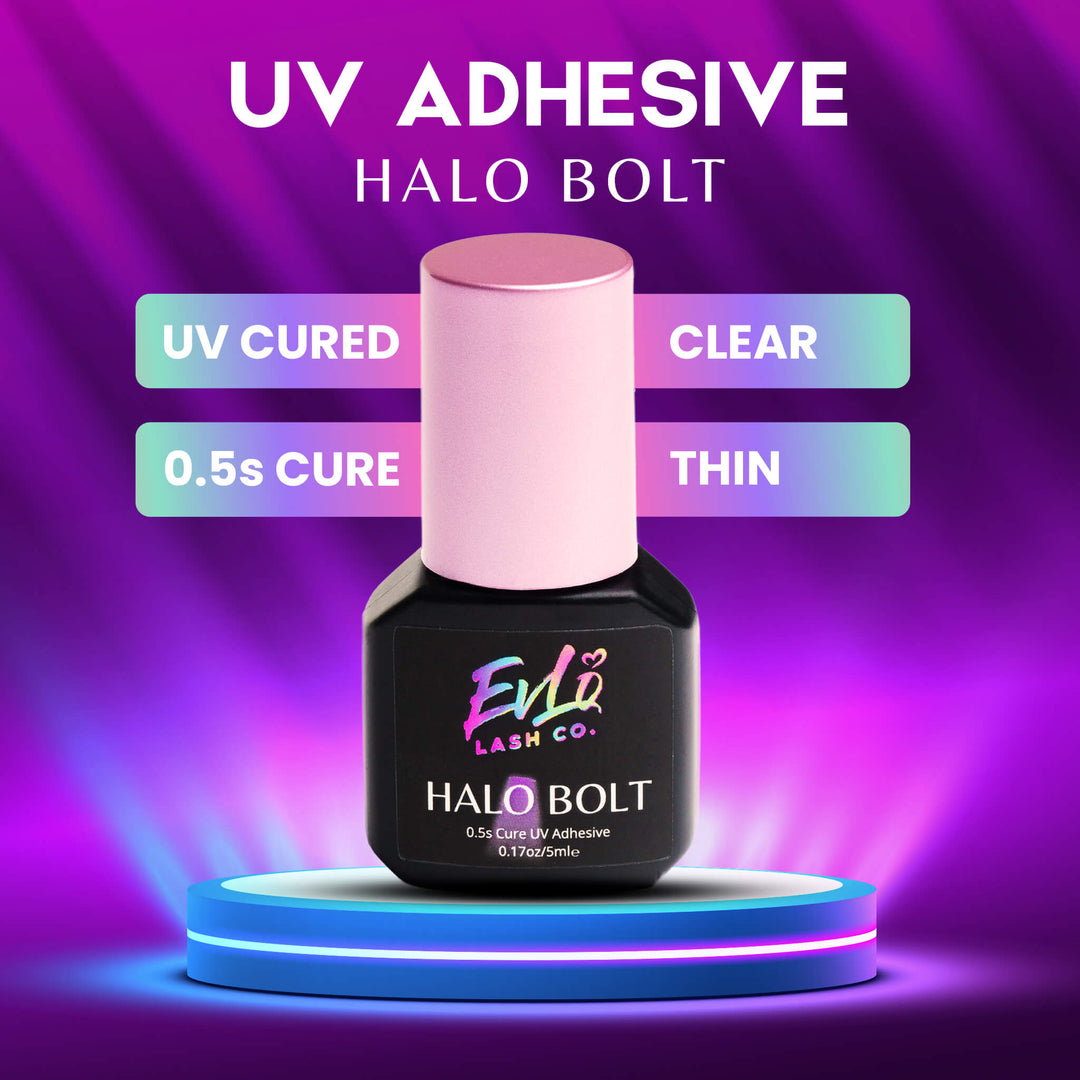
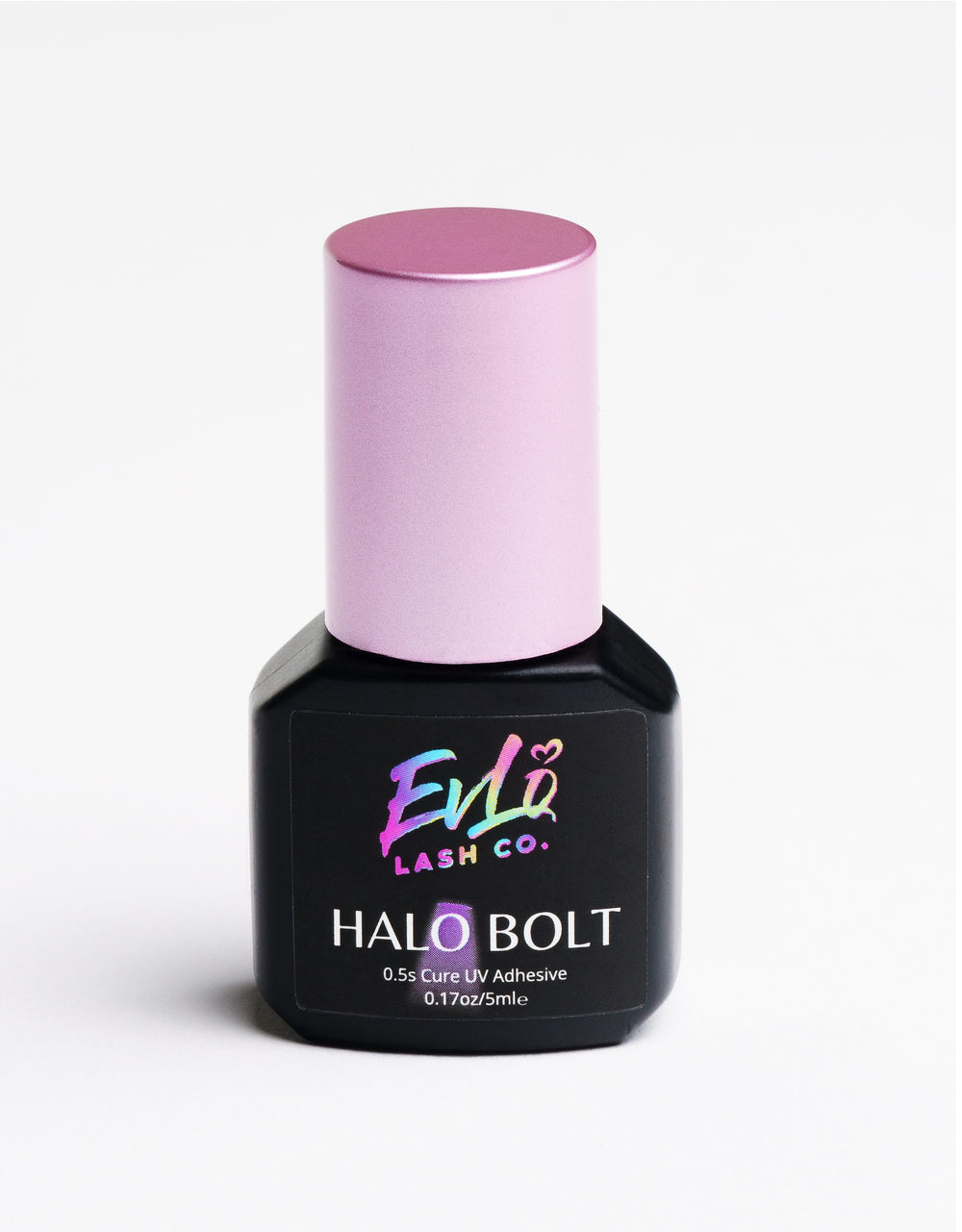
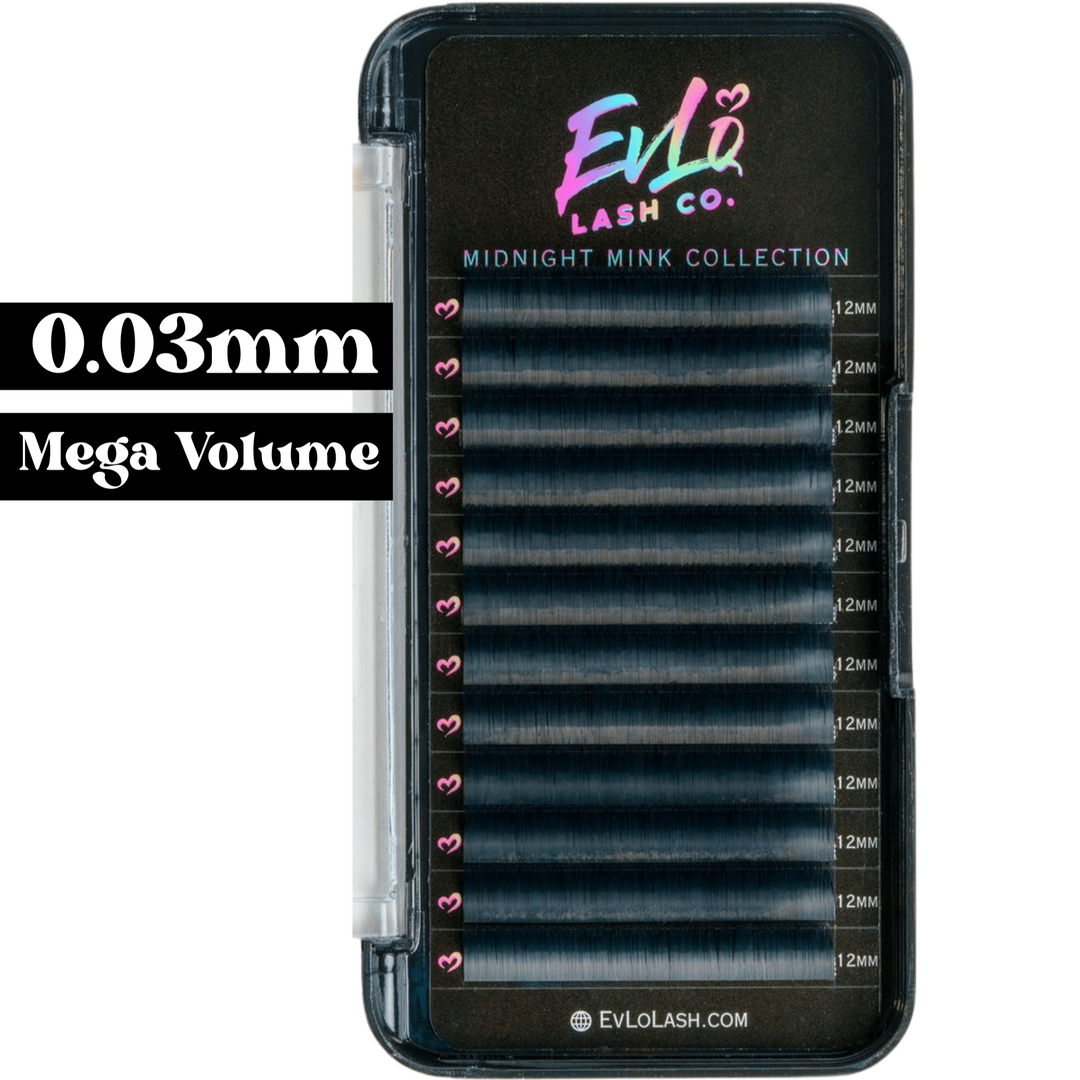
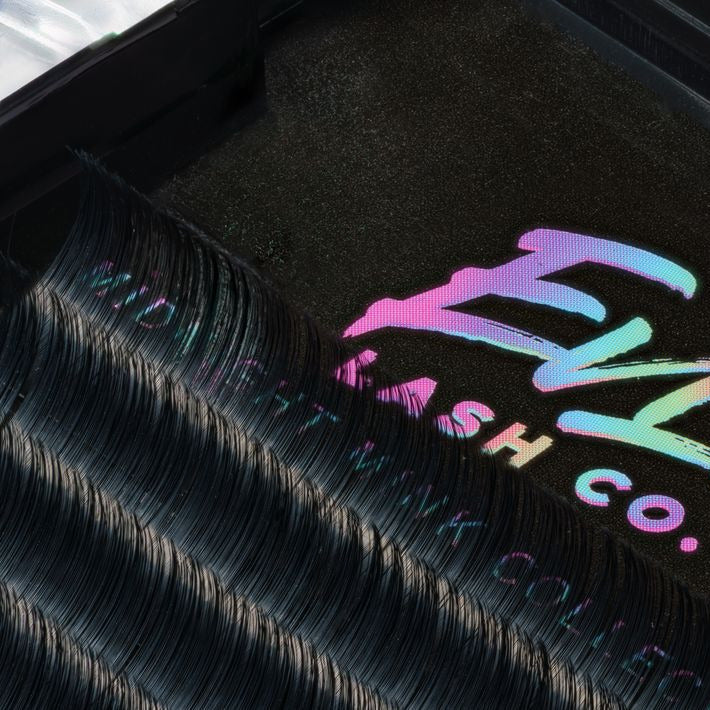
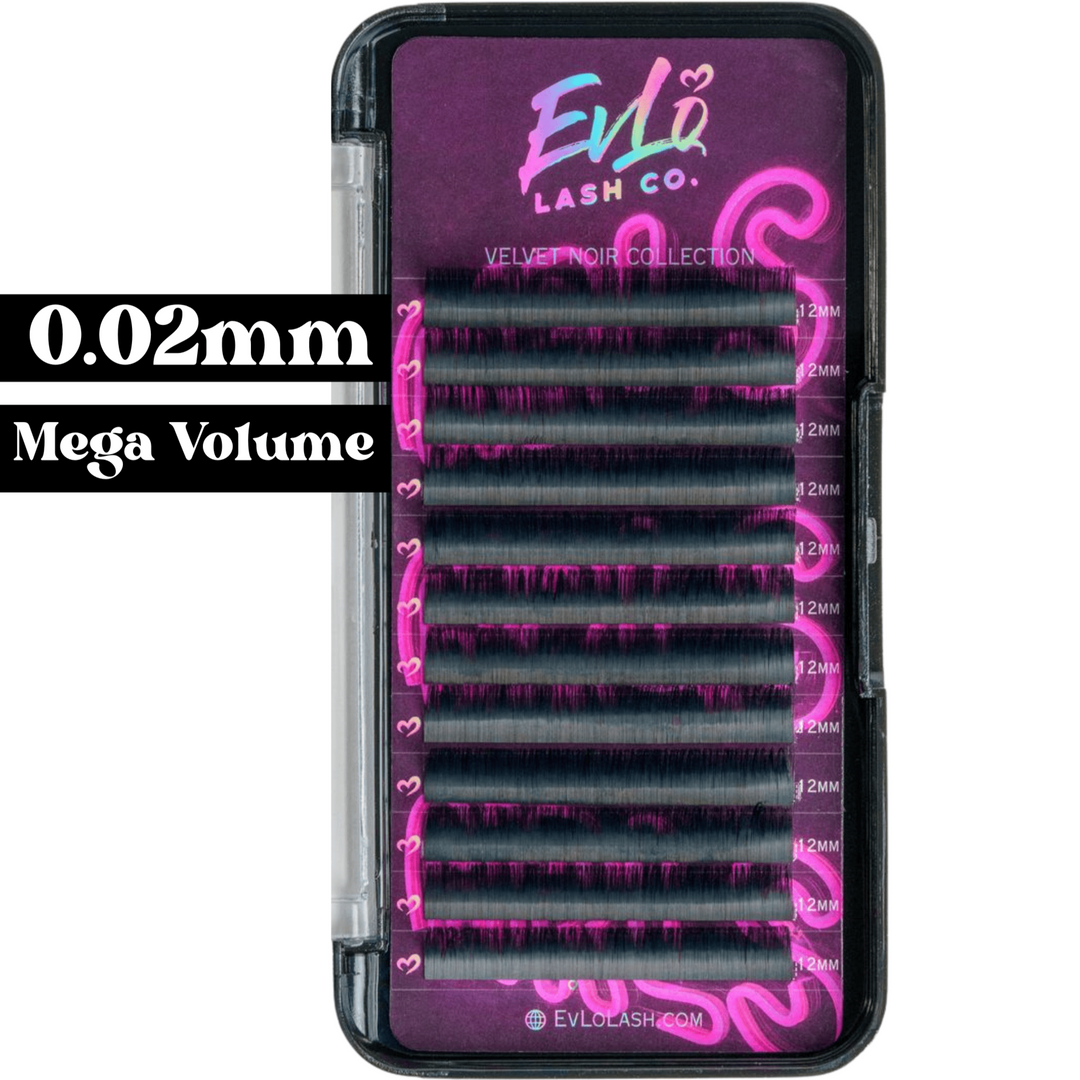
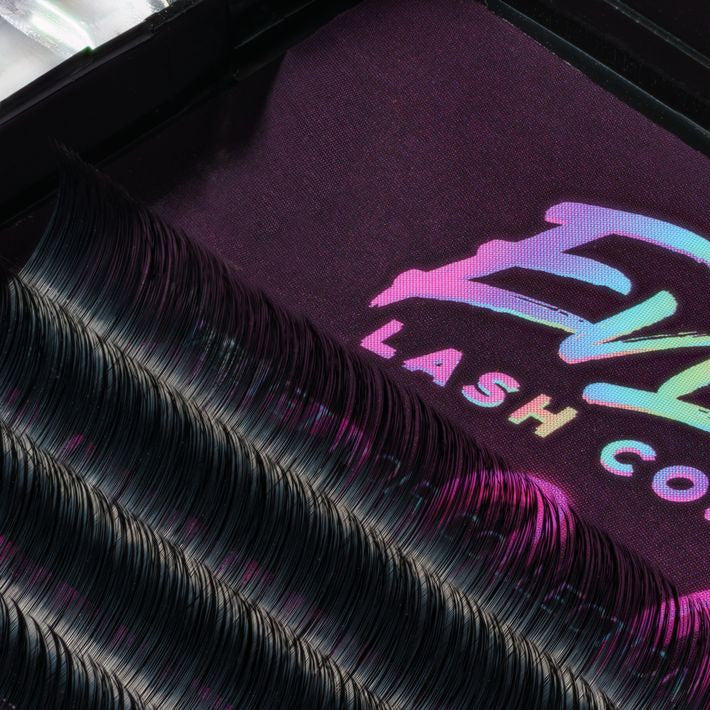
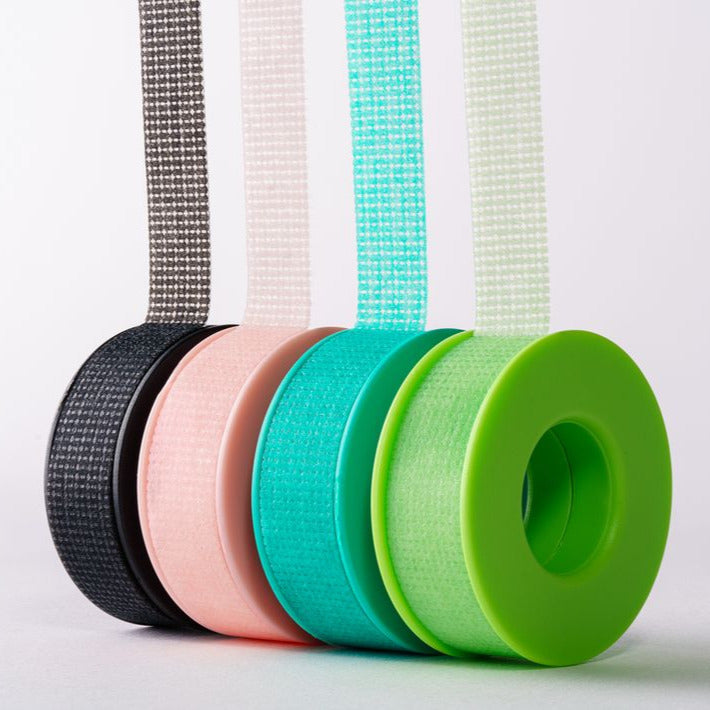
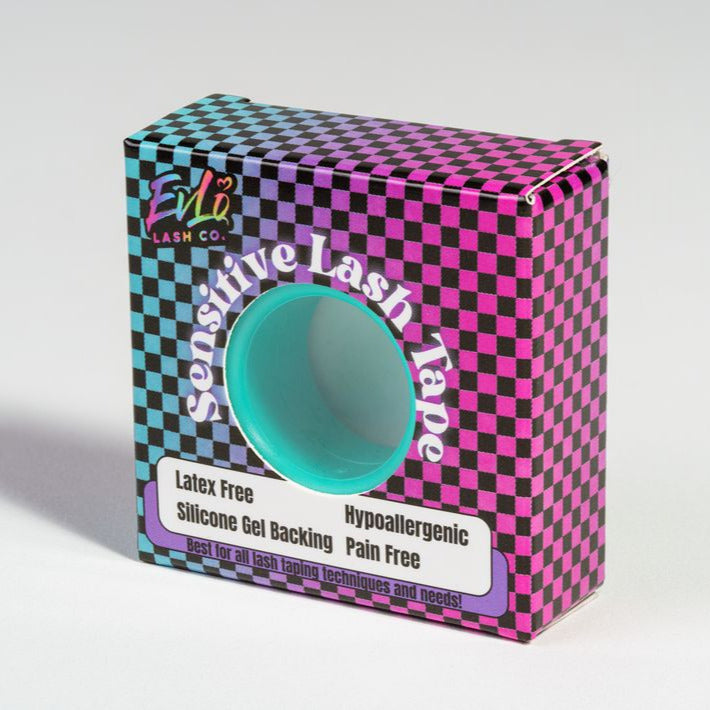


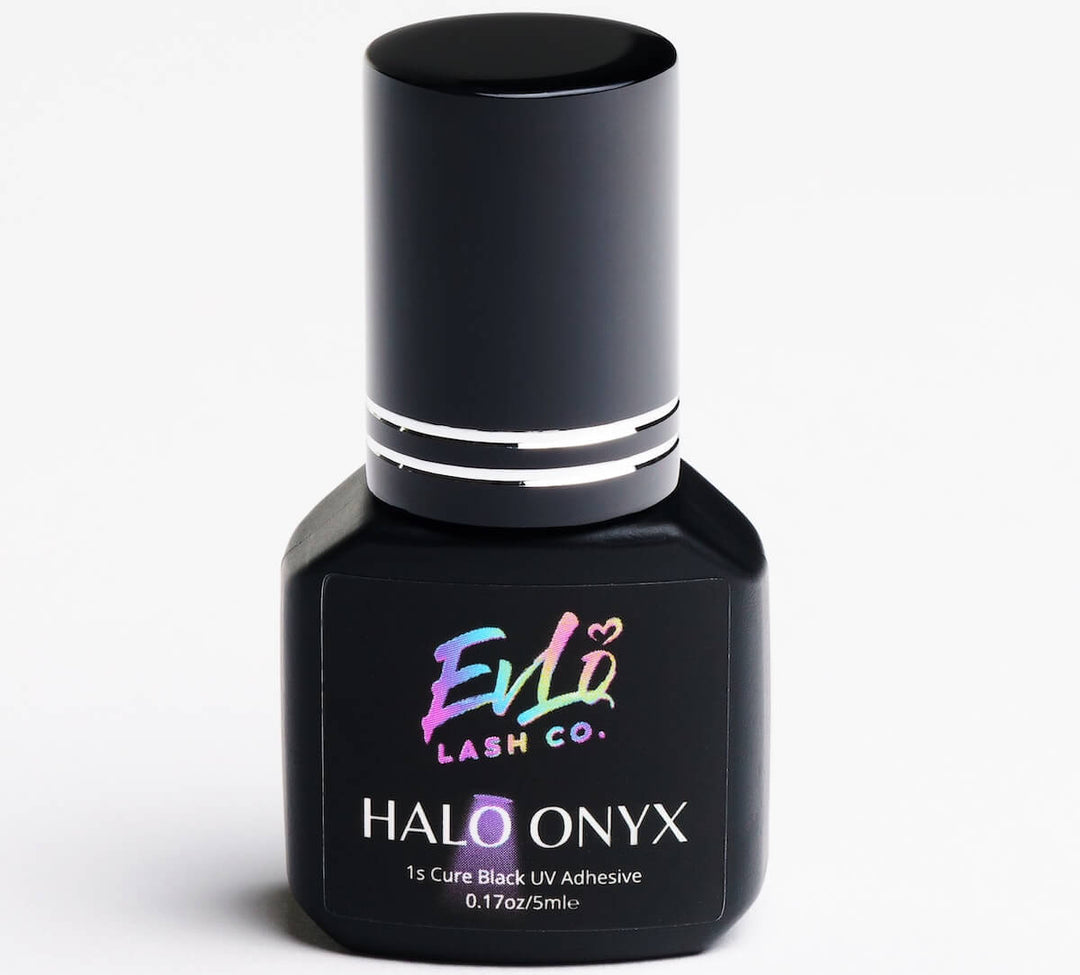
Dejar un comentario